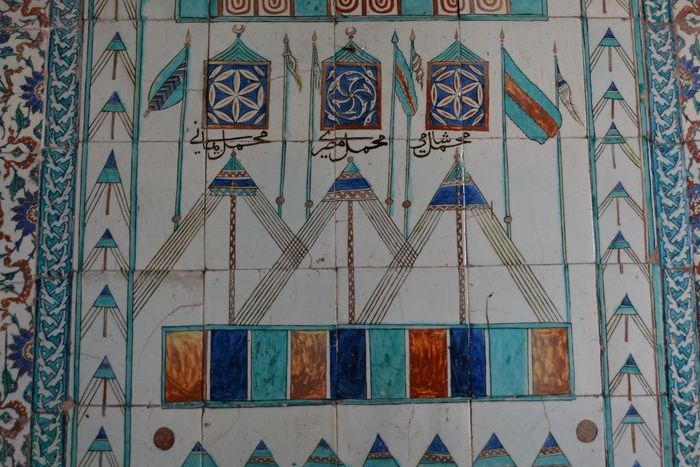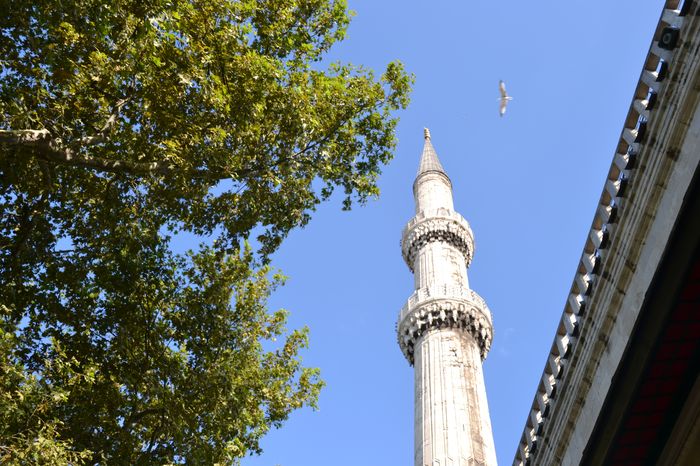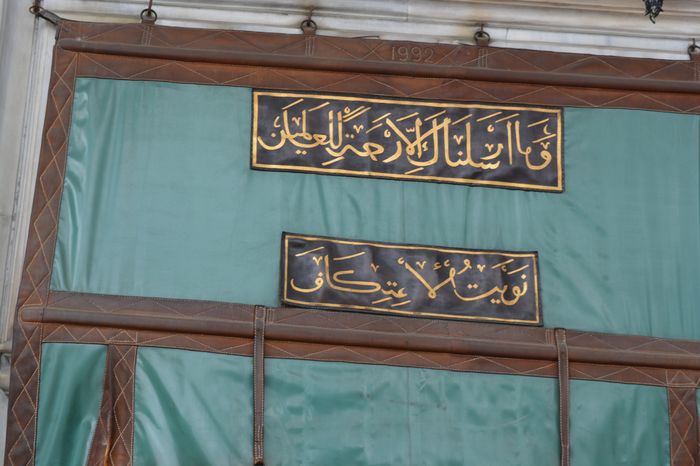Reducing these various stories and assertions to a single set of dialectically defensible assertions that all can agree on has proved, over two millennia, to be entirely impossible. The boundary between the human and the divine is impossible to define. There are three main lines of possible definition about Jesus’s role: mostly to entirely human; mostly to entirely divine; or human, then divine. The last of these was the most comfortable for ancient religious practice to accept, for there were ample cases of mortals raised to divinity—not least visibly in the case of the Roman emperors from Julius Caesar onward. On his deathbed, the emperor Vespasian is said to have expired with the line, “I think I’m becoming a god.” The philosopher Seneca had already mocked the late emperor Claudius by describing in a little satirical pamphlet how he became at his death not a god, but a pumpkin.
Jesus was a human being
The holy transformation may have been a commonplace model, but it was never widely accepted. Despite some language in the holy books that lent itself to an “adoptionist” position—Jesus was a human being adopted as son by his god and thus transformed—the fault line or rift in these debates regularly fell between the human and the divine, the central theological issue of the fourth century. The position we now call Arian insisted on distinguishing Jesus from his god, whereas the Nicene position insisted on identifying the two with each other, absolutely and without reservation. “Of identical substance,” homoousios in Greek, was the wording of that creed. Proponents of the alternative position occasionally went so far as to say “of similar substance,” homoiousios in Greek, distinguished from the other Greek term by only a single iota. But even when two positions came that close, they proved incompatible. Either Jesus was divine or he was not destination bulgaria.
Theodosius’s intervention in support of the long guerrilla war that Athanasius of Alexandria fought on behalf of Jesus the god ensured that the hard deifying position would prevail, and within the main lines of Christianity, eastern and western, it has prevailed ever since: no small achievement for a lone Spanish general.
Though the issue of divinity was apparently settled after 381, however, it still refused to go away. Theologians now framed that old issue in the form of new questions. If Jesus was divine, then how was he divine? Where and how did the human and the divine mix, meet, match, and mingle in him? Three sets of answers to these questions were possible, and theologians advanced them, and to this day all three continue to have living traditions upholding them in the orthodox, Nestorian, and Jacobite churches.
Christian churches of the east
Did the human and the divine remain clearly distinguished in Jesus (as logic would insist they should), the human attached to his mortal, fleshly, fallible qualities, the divine marking his spirit and mind? Is it impious to suggest that the transcendent excellence of the divine can be tainted by contact with flesh, food, sex, and death? Would you be shocked, in other words, to hear Jesus’s mother, Mary, spoken of as the “mother of God” (theotokos)—because you would believe that no woman of flesh could aspire to such a title? That position is named Nestorian, after a patriarch of Constantinople, Nestorius, who misspoke and found himself condemned at a church council in Ephesus in 431, blamed for positions that he did not particularly hold, but that others after him would hold. The traditions of Antioch, the most Jewish or at least most Semitic of the Christian churches of the east, held most to this view, and from there the doctrine crossed Asia to greet European missionaries to China in the sixteenth century.
Or did the human and the divine come together in Jesus in a unique way, mixed or rather fused and transmogrified into a unique new being, a single being of single nature? If you think that is the case, theologians will call you monophysite or—the more fashionable term for such believers today—miaphysite. In the Jacobite churches of the Near East, especially the Coptic church, which preserves the tradition of Egyptian Christianity in an unbroken line, this position is strongly represented, and uses the technical Greek term as a sign of respect. Like the Nestorians, members of this group will insist that their respect for divine majesty is at the heart of their faith and argument. In the fifth and sixth centuries, this view sprang from Alexandria, the most philosophical of the churches, and the one most imbued with Greek philosophical traditions Theodosius left behind.
Both positions face challenges. Scriptural language speaks unmistakably on one page of Jesus’s divine qualities, and on another page of his human ones. Numerous objections on one side or another counterbalance both monophysite and Nestorian views, making neither fully capable of carrying the day.








